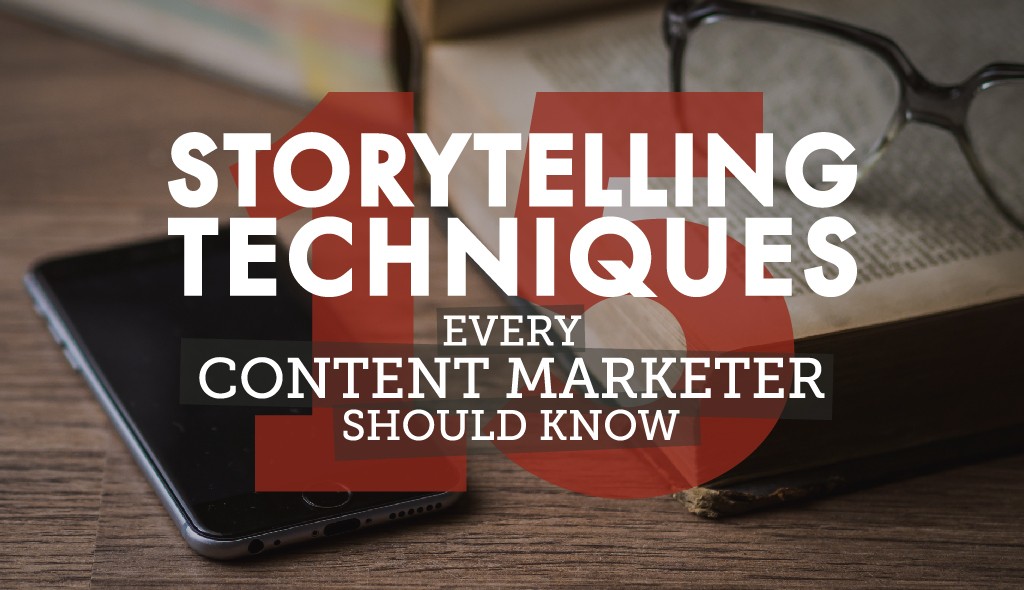Techniques for Story telling – Difference between Vivid and Verbose
April 19, 2016

Story telling When we talk about Content Marketing, Story centric writing plays an important role. It has several challenges such as word limits, keywords, link requirements and more. The list is unending.
Stories actually include moving parts and pieces, action, turning points, characters etc. The main focus is to write an attractive piece which compels the audience to take action. Well, we can say that story telling occupies less space and is to the point.

I can remember the days of failure and struggle during which I was in deep depression stage which completely disappointed me.
- While the days of failure and struggle are still in my mind, I cannot forget the depression stage that completely disappointed me.
- If we talk about Fiction, Journalism, brand storytelling; we use extra words to show something new that is offered to the readers. These extra words allow users to imagine the scene in their minds.
It connects readers to the content at a deeper level so that one can constantly follow them even after the article is over. As a result, readers can follow via Twitter feeds, group chats and more.
Every word is different:
Readers have to cooperate with the larger story that is illustrated within or around the words that are given to them. Just using colourful words is not enough instead it is necessary to use words that create a deep impact which provide an amazing experience to the reader.
There are certain words that can make the story lengthy in such a way that makes it vivid instead of verbose. Several words actually ruin the pleasure of writing any story for content marketing.
Such words must be avoided and these are as follows:
- Believes
- Understands
- Remembers
- Desires
- Imagines
- Using shortcuts like as :tht, tc, sd , tx, ttyl are not allowed.
Make Keywords your weapon which is used to compel users to take action. Try to use such sentences where the keywords remain in play and characters are more active. Just add few more words and everything is done.
Such story telling techniques represent the situation in such a way that readers get everything before they ask for and feel everything without they show what they want to feel.
Story telling for Content Marketing:
When it comes to content marketing, always avoid verbs that dive into more details and just focus on telling a story within your limits of assignment in case your audience clicked on the article for a particular thing.
Story telling techniques relate to audience of all kinds irrespective of the industry or content format as the power of vivid language is universally compelling. Your story should actually display an image in the minds of the readers and also encourage them to think.
If you do this then you are doing what others don’t do. This is the real way to stay with cutting edge of industry as it is necessary to have more and more audience. This is possible with effective content.
Take Away:
Effective content marketing has various elements however to create a different image in the minds of people; it is necessary to use vivid language which brings the impact of experience.
So, next time you frame any content as a part of your Content Marketing Strategy then keep these things in mind.
Share on






